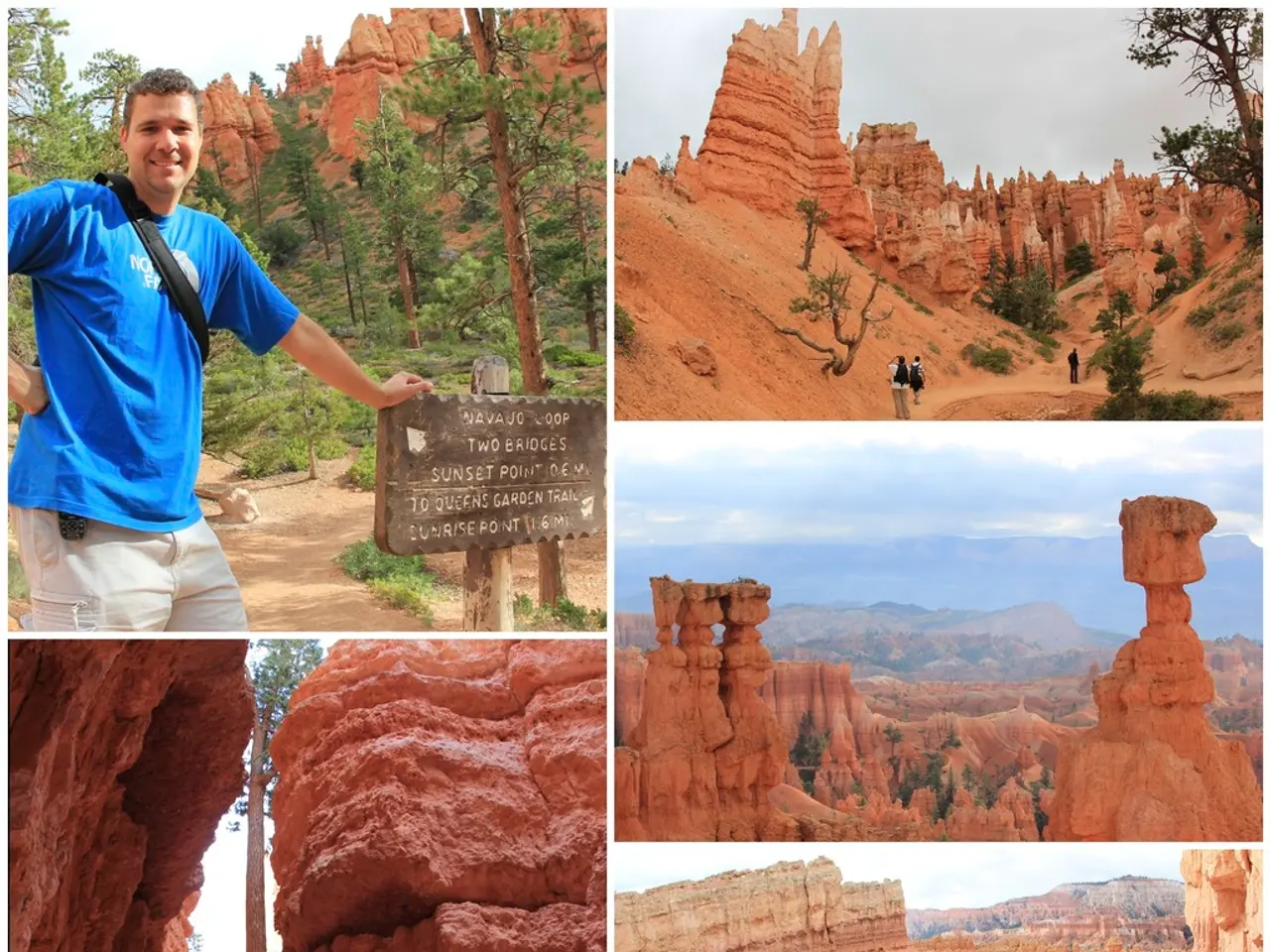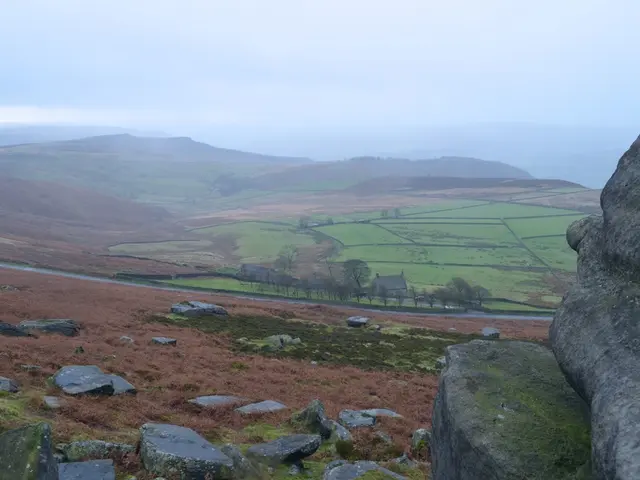Top Eight Memorable National Geographic Snapshots
National Geographic has been capturing the world's most captivating moments for decades, offering a unique perspective on human courage, environmental beauty, wildlife behavior, and geopolitical events. Here are some of the most iconic photos ever published by National Geographic and their stories.
Afghan Girl by Steve McCurry (1984)
Perhaps National Geographic’s most famous image, this portrait of 12-year-old Sharbat Gula, taken in a refugee camp in Pakistan during the Soviet-Afghan War, has become a globally recognized symbol of refugee suffering. Her piercing green eyes, framed by a red scarf, conveyed the personal human cost of conflict.
Tank Man by Jeff Widener (1989)
Capturing a lone protester standing in front of tanks during China’s Tiananmen Square protests, this photo symbolizes individual rebellion against oppressive military power. It highlights the courage of a single civilian during a government crackdown on demonstrations against corruption.
The Heart of Voh by Yann Arthus-Bertrand
Though not always recognized immediately as a classic National Geographic image, this aerial photo of a heart-shaped mangrove in New Caledonia has become iconic for its striking natural pattern and environmental message.
In more recent years, National Geographic continues to capture powerful moments such as:
Pictures of the Year selections like Stephen Wilkes’ composite image of Bears Ears National Monument
Blending multiple photos taken over 36 hours to show sunrise, full moon, and planets together, this image underscores the beauty and fragility of protected landscapes.
Wildlife and nature photos, such as Bertie Gregory’s image of a young emperor penguin in Antarctica taking its first swim
These photos are iconic not only for their technical and artistic excellence but for the stories they tell. They make National Geographic a vital chronicler of the natural world and humanity’s place within it.
References:
- National Geographic (2018). The 100 most iconic National Geographic images. [online] Available at: https://www.nationalgeographic.com/photography/proof/2018/01/100-iconic-national-geographic-images/
- National Geographic (2020). Stephen Wilkes' composite image of Bears Ears National Monument wins Pictures of the Year. [online] Available at: https://www.nationalgeographic.com/photography/proof/2020/02/stephen-wilkes-bears-ears-national-monument-picture-of-the-year/
- National Geographic (2020). Young emperor penguin takes its first swim in Antarctica. [online] Available at: https://www.nationalgeographic.com/animals/article/young-emperor-penguin-takes-first-swim-in-antarctica
- National Geographic (2021). Greatest Wildlife Photographs of the Year. [online] Available at: https://www.nationalgeographic.com/photography/proof/2021/01/greatest-wildlife-photographs-of-the-year/
- National Geographic (2016). 10 iconic National Geographic images that tell the story of humanity. [online] Available at: https://www.nationalgeographic.com/history/article/iconic-national-geographic-images-that-tell-story-humanity
National Geographic's captures continue to document powerful moments, such as Stephen Wilkes' composite image of Bears Ears National Monument, showcasing the beauty and fragility of protected landscapes in the realm of science and space-and-astronomy. Lifestyle photography, like Bertie Gregory's image of a young emperor penguin in Antarctica taking its first swim, highlights the interconnectedness of human stories with wildlife and nature. Additionally, in the spirit of history, National Geographic's iconic images, such as the Heart of Voh, remind us of the significance of our lifestyle choices and the importance of preserving our planet.






